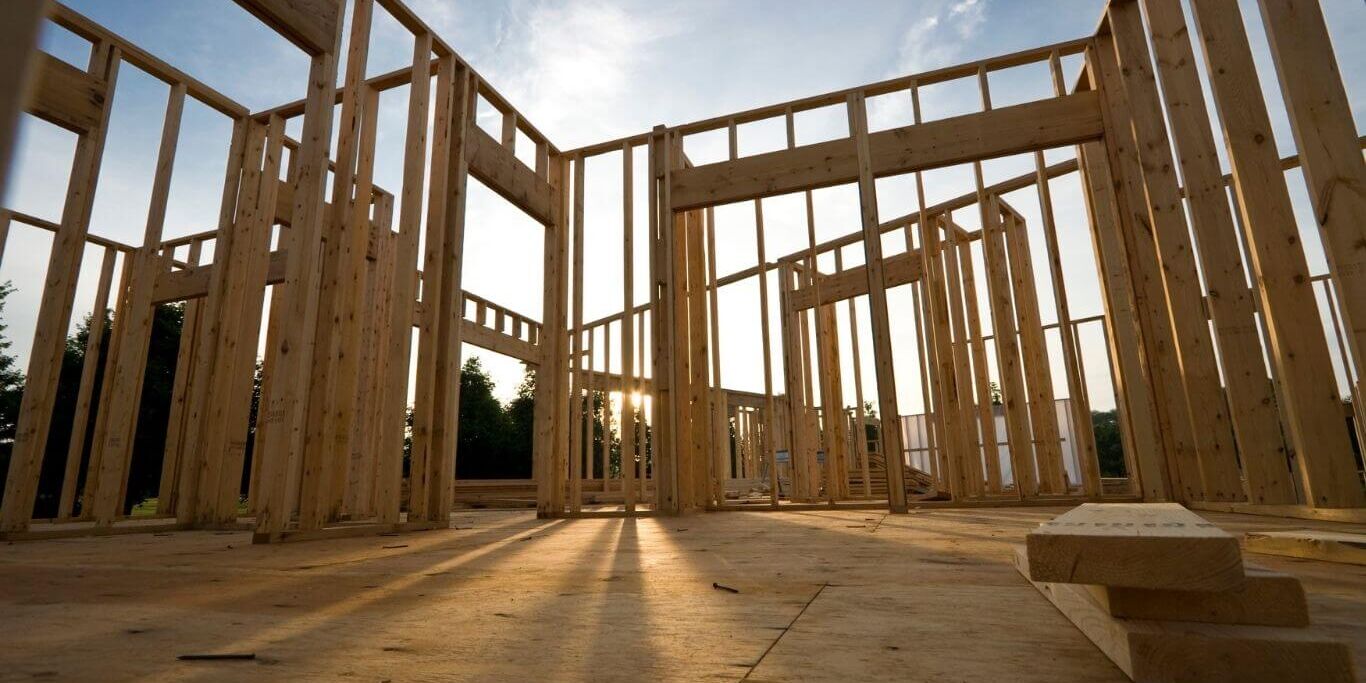by ICC Staff

The federal government is rolling out new housing initiatives, and for Indigenous communities in Manitoba, these policies carry real promise and some pressing challenges.
Since the recent federal election, Prime Minister Mark Carney has taken it upon himself to prioritize housing infrastructure as one of his key policy objectives with his ‘Build Canada Homes’ initiative at the forefront. Over the past two years, Ottawa has pledged billions toward housing –– with allocations set aside for Indigenous housing infrastructure.
Billions Pledged, But Is It Enough?
In the 2022 budget, over $281 million was earmarked for Indigenous-led non-profit projects in remote Indigenous communities. As part of the deal, the money flows through the National Indigenous Collaborative Housing Inc. (NICHI), a non-profit that ensures infrastructure projects reflect community priorities. In 2024 alone, NICHI directed roughly $21 million into seven Manitoba projects.
Indigenous Services Canada, in addition, has continued to invest heavily in on-reserve housing. Since 2016, about $2.43 billion has supported more than 5,300 projects across 611 First Nations. That includes 7,700 new homes built and 17,000 renovations. The federal government hopes to reduce Indigenous core housing need from 13% to 9% by 2031.
For Manitoba specifically, however, the numbers tell a mixed story. Demand continues to outpace supply. In Winnipeg, a recent program from the Canada Mortgage Housing Corporation announced $26 million to develop a 72-unit apartment complex for marginalized communities. While a step in the right direction, the pace of construction needs to increase rapidly to accommodate growing demand.
Investing in Safety and Support
Another critical front has seen important progress as well –– safety. Through the Indigenous Shelter and Transitional Housing Initiative, $420 million is being invested over five years to support Indigenous women, children, and 2SLGBTQI+ people fleeing violence. Manitoba will see $4.3 million of this funding, with the province and the Manitoba Métis Federation also contributing.
On the provincial side, Manitoba is layering in support through forgivable loans of up to $70,000 per unit for community housing developments, and tax credits of up to 8% of capital costs for rental housing projects. The hope is that by aligning federal and provincial incentives, more Indigenous-led projects will move forward.
Indigenous-Led Solutions: Building Capacity and Community Control
On the ground, the potential is significant: more local control over housing, culturally grounded design, and resources to address homelessness and overcrowding, among other things. However, constraints remain in place. Many Indigenous organizations face capacity constraints from project management to financing that can slow uptake. And even with new builds, the backlog of aging homes needing repair is massive.
Indigenous-led organizations, such as the Treaty One Development Corporation, have taken the lead when it comes to infrastructure developments. The Naawi-Oodena project currently under progress is the largest urban reserve infrastructure project in the country with mixed-use developments such as retail, commercial, and residential property developments.
Housing is more than infrastructure; it’s the foundation for economic growth and cultural resilience. With major commitments on the table, now is the moment for Indigenous voices in Manitoba to help shape the future.
Join Our Newsletter
As Manitoba's voice for Indigenous business and your partner in economic reconciliation, we connect you to opportunities that drive change. Subscribe to receive updates on Indigenous business developments, partnership opportunities, and upcoming events delivered straight to your inbox.



